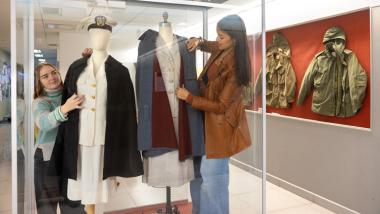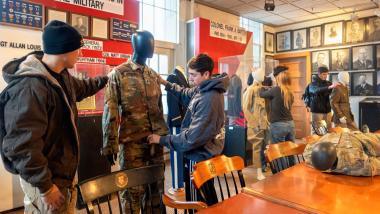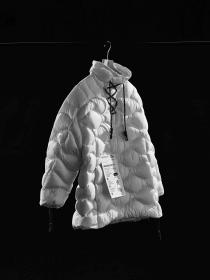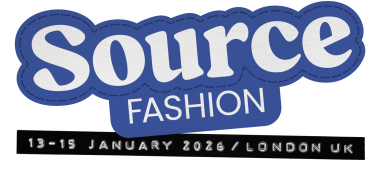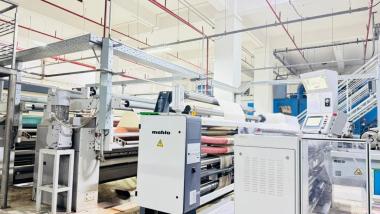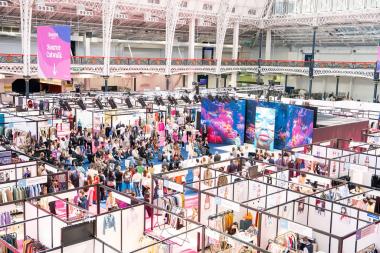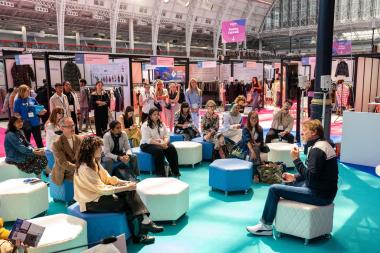‘Fit for Duty’ explores military uniforms’ influence on fashion
An Army combat uniform, Burberry trench coat and Hawaiian shirt are among pieces featured in “Fit for Duty: Form and Function in Military Dress,” a multisite Cornell Fashion + Textile Collection (CF+TC) exhibition opening on Veterans Day.
Worn in Iraq by a Cornell alumnus, the combat uniform set a template for contemporary camouflage and tactical design, according to exhibition notes. The khaki trench coat, originally designed for British officers, evolved from battlefield necessity into a fashion staple. The Hawaiian shirt reflects the early influence of Japanese textiles – designs and motifs forced to shift after the attack on Pearl Harbor.
“These garments reveal how the theaters of war and fashion intersect,” said curator Catherine Kueffer Blumenkamp, MPS ’15, associate director of the CF+TC and a lecturer in the College of Human Ecology’s Department of Human Centered Design. “Both realms stage systems of fit – physical, functional and symbolic – that continue to influence how we design, wear and interpret dress.”
Drawing primarily on items donated to Cornell and its Reserve Officers’ Training Corps by alumni or their families, as well as some created by Cornell designers, “Fit for Duty” traces the interplay of form and function across conflict and couture – while highlighting Cornell’s land-grant legacy of military service. Displayed in the CF+TC’s public gallery on the Human Ecology Building’s terrace level and in the Wortham Military Museum in Barton Hall, the project also revives a collaboration that seeks to better preserve and make more accessible historical military garments with Cornell ties.
Roughly a decade ago, Blumenkamp, then a master’s student, was part of a team that helped archive materials in the Wortham museum located on the third floor of Army ROTC’s corner of Barton Hall. But items continued to be donated, and even archival boxes stored in a museum closet remained vulnerable to damage in the more than century-old facility.
Seeking help, Lt. Col. Derek Fitzpatrick, professor of military science and executive director of Army ROTC, reached out to Corey Earle ’07, visiting lecturer in American studies in the College of Arts and Sciences, who connected him with Blumenkamp. Blumenkamp conceived of the exhibition and sees opportunities for a CF+TC student research assistant to help maintain Wortham’s archival records and collaborate on future exhibits. The faculty members also are exploring opportunities and funding to relocate the museum, which requires climbing several flights of stairs – a challenge for guests with limited mobility, sometimes including visiting veteran alumni.
“It’s awesome to see it all come together,” Fitzpatrick said of the exhibition and plans for a sustained partnership. “Cadets choose Cornell because of our history, because of our legacy, because they want to be part of something bigger than themselves. When they see the respect we have for that legacy, it reinforces that this is something they want to be a part of.”
Research assistants Maya Abrol ’26, Tabitha Mueller-Schrader ’26, Erin Yoon ’26, doctoral student Sephra Lamothe and master’s student Sarah Orsinger helped comb through items stored at Wortham to build the exhibition. Displays there will include uniforms worn by members of the Cornell Cadet Corps, a precursor to ROTC, at a time when all male students were required to complete two years of military training.
“It’s been super-interesting to find all these different historical connections to contemporary fashion,” Abrol said. “As I started diving into the research and being with the clothes, you can see it pretty much everywhere.”
From trench coats to Doc Martens boots to the Vietnam-era M65 field jacket – worn by Robert de Niro’s Travis Bickle in “Taxi Driver” – Orsinger said military influence on fashion is ubiquitous.
“It may not be in the forefront of your mind going through your wardrobe, but many people walk around in full military-inspired outfits every day,” Orsinger said. “It’s interesting that those trends have continued.”
Beyond fashion, the influence extended to fit: Anthropometric data gathered through military conscription became the basis for the modern U.S. system of standardized sizing, the exhibition explains.
The CF+TC portion of the “Fit for Duty” is thematically divided into three sections: Land, Sea and Air. Pieces include the “pinks and greens” worn by Army officers in the 1940s, which Blumenkamp said balanced authority and refinement through precise tailoring and contrasting tones, and a Cadet Nurse Corps ensemble that signaled professionalism and service through tailoring. M65 and bomber jackets, meanwhile, became postwar emblems of rebellion and resilience.
“The word ‘fit’ carries layered meanings: to measure and clothe the body; to be equipped or prepared; to conform or belong; to be suited to purpose,” Blumenkamp said. “Each interpretation resonates in military dress, where garments must fit the individual, the regiment and the ideals they represent.”
Blumenkamp will host a curator’s talk Nov. 11 at 4:30 p.m. in the Rachel Hope Doran ’19 and CF+TC display vitrines, the first in a series of events associated with the exhibition. On Nov. 14 at 3 p.m. in Martha Van Renssalaer Hall, U.S. Army Brig. Gen. Adam Cobb, deputy commanding general-operations for the 10th Mountain Division at Fort Drum, will join student veterans and members of Cornell’s ROTC Tri-Service Brigade for a discussion on “Service, Scholarship and Design.” And on Nov. 14 at 6 p.m., a screening of the 1953 film “The Wild One” starring Marlon Brando – part of a motorcycle gang clad in surplus World War II combat boots, bomber jackets, aviator goggles and mechanic caps – kicks off a film series in partnership with Cornell Cinema.
“Fit for Duty” runs until March 2026. The exhibition received support from the College of Human Ecology, Cornell Council for the Arts, John Foote ’74 and Kristen Rupert ’74; and object contributions from Eric Bluman ’91, Raquel Coren ’25 and Michael Parkinson ’75.
James Dean, Cornell Chronicle


